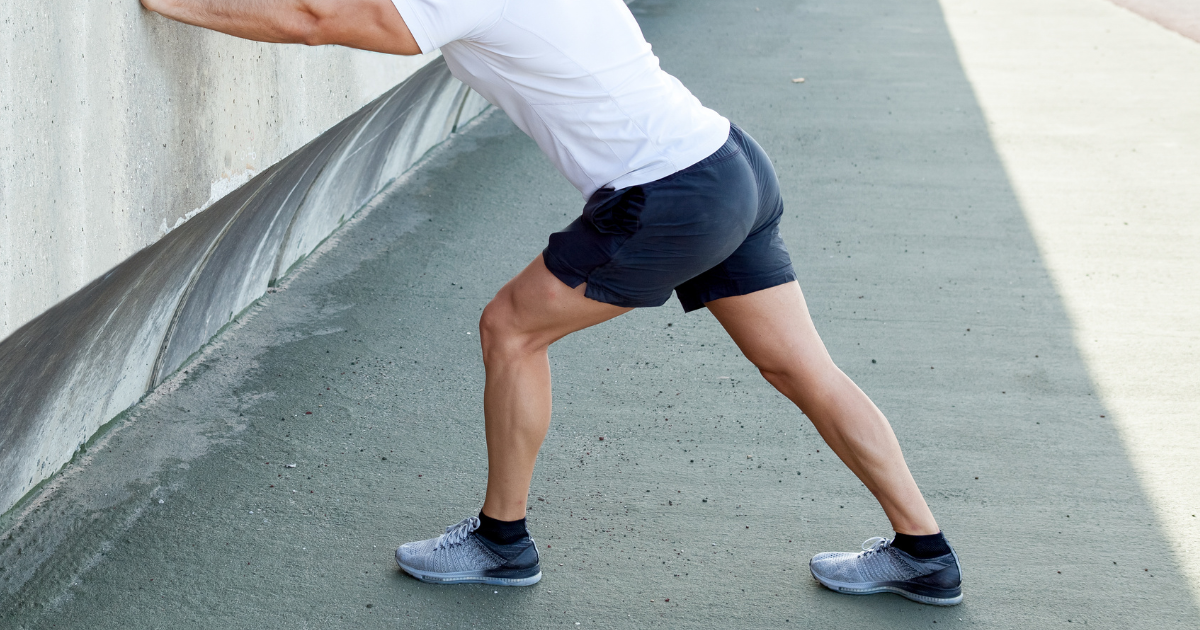Revolutionizing Ankle Medicine: Introducing the Ottawa Ankle Rules
What are the OARs?
The Ottawa Ankle Rules (OARs) emerge as a pivotal clinical decision tool, introduced in 1992 and formally validated in 1995. In essence, they serve as a guide for determining the necessity of radiographs in individuals with traumatic ankle and foot injuries. Simply put, a positive result from the OARs warrants radiographs to rule out fractures, and conversely. In this blog post, we will explore the importance and use of the OARs, explaining how they streamline diagnosis and assist healthcare professionals such as yourself in decision-making.

The OARs are designed to help healthcare providers identify which patients require X-rays following an ankle or foot injury, ultimately reducing unnecessary imaging and associated costs. By following a structured set of criteria, clinicians can confidently assess the likelihood of a fracture based on the patient’s symptoms and physical examination findings.
Moreover, the implementation of the OARs can lead to more efficient patient care, as it allows for timely identification of fractures that require immediate intervention. By facilitating accurate and prompt diagnosis, these rules contribute to better outcomes for patients while also optimizing resource utilization within healthcare settings.
In the subsequent sections, we will explore why the OARs are needed, what continues to drive radiographs, alternative protocols and provide practical insights for you as the healthcare professional on incorporating this valuable tool into their clinical practice.
Why were/are they needed?
Lateral ankle sprains (LAS) reign as the most prevalent injuries encountered in the Emergency Department (ED), amassing a substantial medical cost of 2 billion annually. Pre-OARs era, a staggering 98% of ankle sprains presented in the ED underwent imaging, with 85% yielding negative results. Particularly in secondary care settings, where financial constraints may impede access to radiographs, the OARs present a cost-effective alternative. By effectively utilizing the OARs and reserving radiographs for positive cases, families can be spared unnecessary expenses and visits to the ED or doctor’s office.
What continues to drive the use of radiographs?
Despite the existence of the OARs, several factors persist in propelling the utilization of radiographs. These include parental concerns, stakeholder expectations, adherence to ED protocols, defensive medicine practices, patient satisfaction surveys, and the overarching fear of litigation. The influence of parental expectations and anxieties cannot be overstated.
Alternative protocols
While alternative protocols such as the tuning fork and Bernese Ankle Rules have been proposed, the Sonographic Ottawa Foot and Ankle Rules (SOFAR) warrant attention. SOFAR introduces the use of ultrasound (US) in cases where the OARs yield positive results. Although this approach offers certain advantages, it is not devoid of limitations, notably increased costs and dependence on operator proficiency. Studies have also indicated the potential for clinically significant fractures to be overlooked.
Missed fractures with OARs
Although the OARs have proven effective, isolated case reports highlight instances of clinically significant fractures being missed. Challenges in these cases include determining whether the OARs were appropriately applied, establishing clear definitions of clinically significant fractures, addressing implementation complexities, and ensuring consistency in application between different assessors.
Interesting fact
The journey of the OARs from inception to validation was not without contention. Despite their introduction in 1992, formal validation did not occur until 1995. Notably, during this period, a separate research study contested the efficacy of the OARs. However, this study encountered criticism for its small sample size and premature publication, as it was conducted prior to the refinement and validation of the OARs.
Practical Insights
Practical insights for you as the healthcare professional on incorporating this valuable tool into your clinical practice include conducting training sessions for all healthcare staff to ensure they are familiar with the OARs and understand how to apply them correctly; develop easy-to-follow protocols and checklists that can be readily accessed in the clinical setting to assist with decision-making; collaborate with other healthcare professionals to share knowledge and experiences, improving the overall implementation of the OARs; and encourage open communication and feedback amongst staff to address any challenges or concerns that may arise during the adoption of these rules.
Additionally, staying up-to-date on recent research and guidelines on ankle injuries can enhance the effectiveness of integrating the OARs into your daily practice. By promoting a culture of ongoing learning and improvement, you can enhance patient care and outcomes in managing ankle injuries.
The OARs remain the cornerstone of clinical practice, serving as a reliable guide in the assessment of ankle and foot injuries. However, it is imperative to complement their use with sound clinical judgment, considering individual patient characteristics and circumstances.
By integrating the OARs with thoughtful clinical assessment, you can enhance the accuracy of diagnosing ankle and foot injuries. This approach not only ensures proper care and treatment for your patients but also promotes a more comprehensive understanding of each unique case. By valuing both evidence-based guidelines and individualized care, you can optimize patient outcomes and deliver high-quality patient care.
Dr. T

